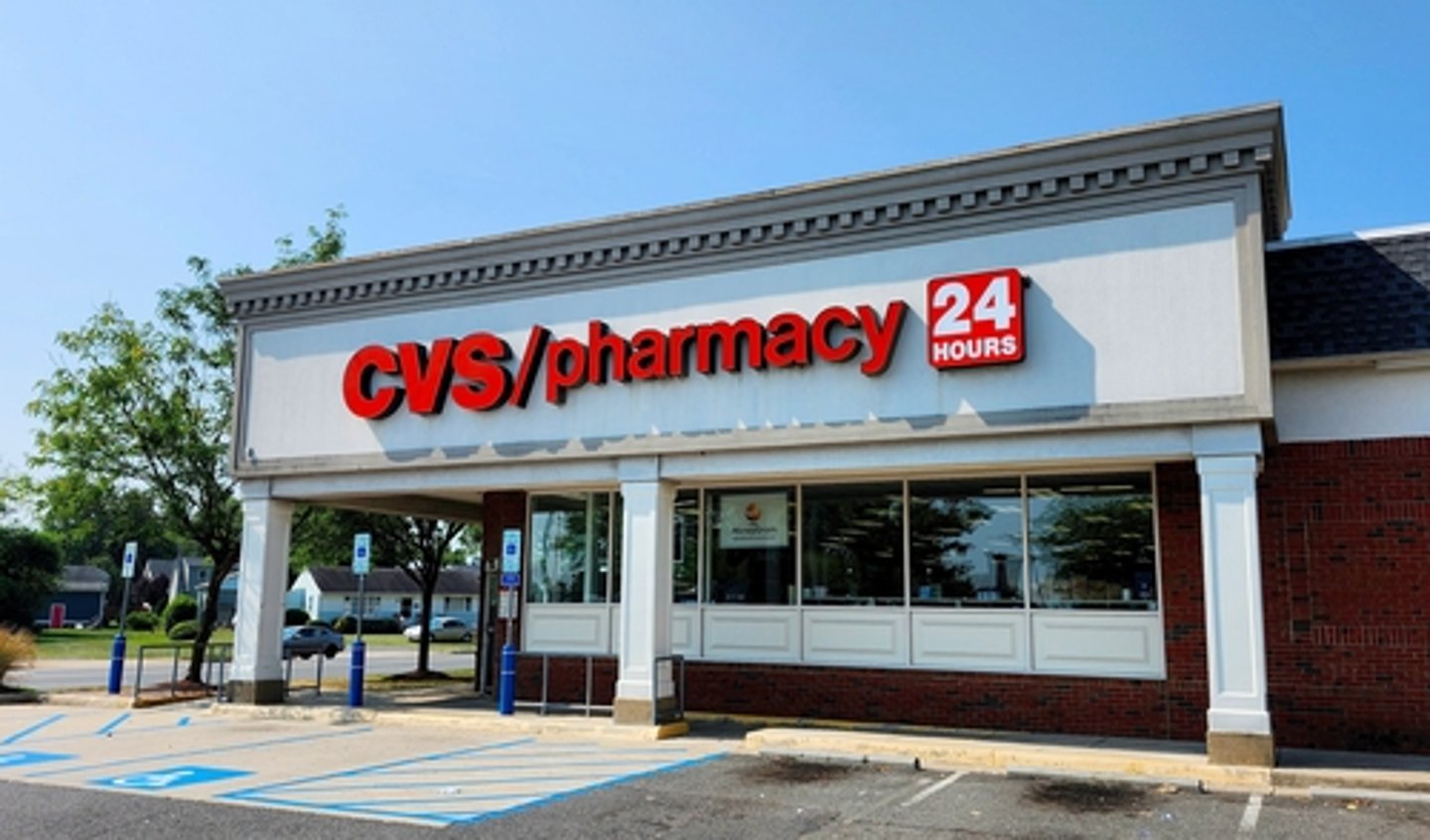Rite Aid's Demise Could Boost CVS Market Share
The drug chain segment is in the middle of a real estate reset, and the closure of Rite Aid stores as the retailer works to sell the company appears to be benefiting CVS, according to a new report from Placer.ai.
In the first quarter, visits to Rite Aid stores were down 37.2%, with that decrease pinned mainly on store closures. Over that same period, CVS has seen visits grow a modest 2.6% with average visits per location up 5.1%. That growth has come while the chain is also closing select locations across the country.
Walgreens, which is also closing stores, saw first-quarter visits slide 2.5% with average visits per location relatively flat, down 0.3%.
According to the Placer report, CVS appears poised to benefit from Rite Aid's closures as it takes over business from hundreds of locations. Demographic and psychographic data also shows that Rite Aid's struggles will offer CVS greater access to older consumers, which is a key demographic in the pharmacy space. Rite Aid's stores also attract a more middle-income shopper, helping to broaden CVS' customer base.
Through the first quarter, consumers in their "Autumn Years" made up 9.4% of Rite Aid shoppers and 5.8% of those who frequent CVS. Annual median household income (HHI) of shoppers at the two drug chains show similarities; CVS shoppers at $85,000, and Rite Aid shoppers at $81,000.
The demise of Rite Aid may also give CVS an opportunity to expand its reach and make greater inroads with semirural and urban audiences.
According to Placer, CVS sees higher shares of "suburban periphery" visitors in all analyzed markets, while Rite Aid sees higher shares of "semirural" visitor segments, both nationwide and across its largest markets. Acquisition of Rite Aid assets would give CVS an opportunity to expand its footprint in less dense, semi-rural communities.
Additionally, Rite Aid in New York has a higher share of visitors from "principal urban centers" (18.8%) than CVS (13.3%), suggesting the latter may be able to expand in semirural and urban settings as it assumes Rite Aid customers.




